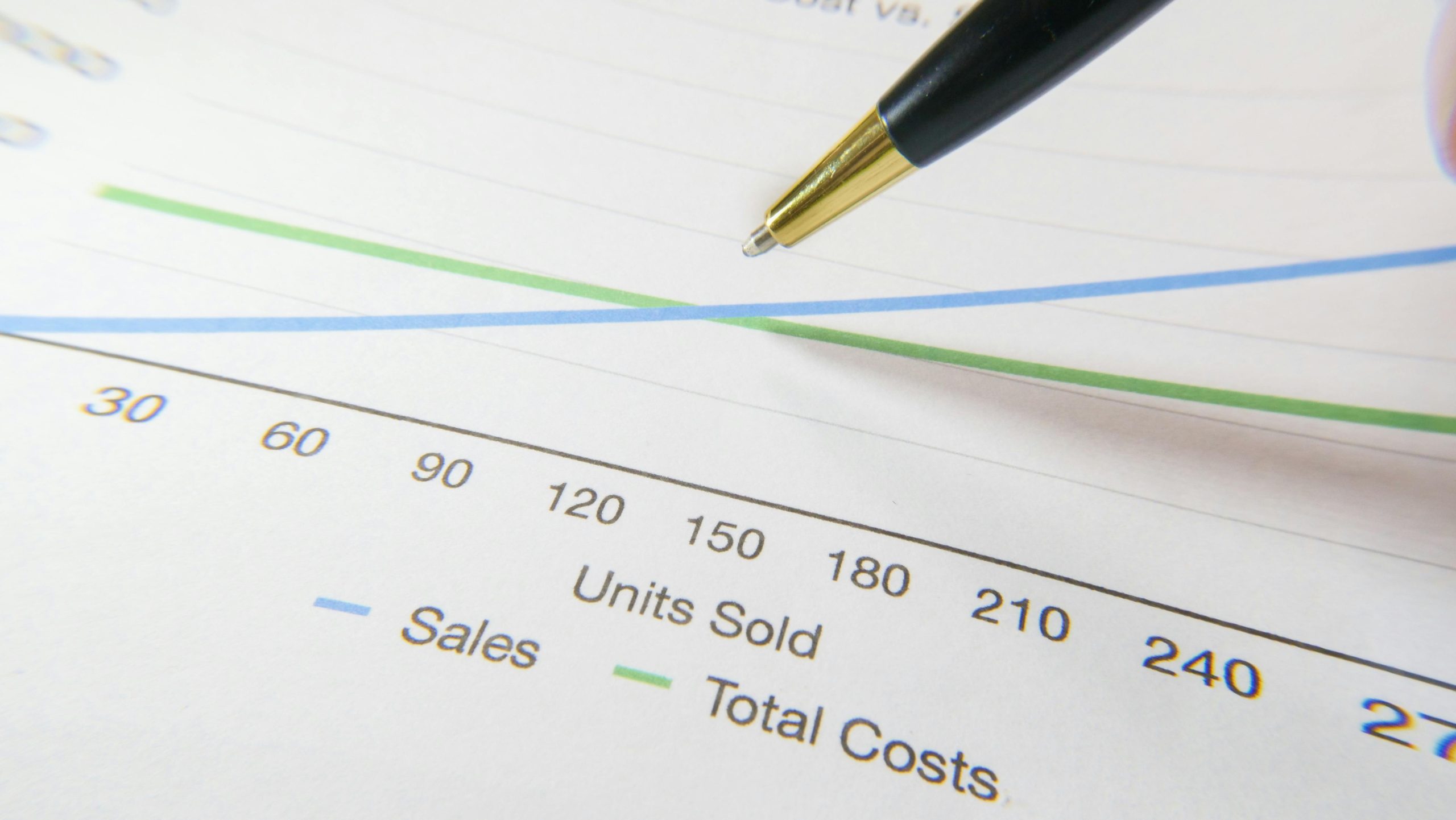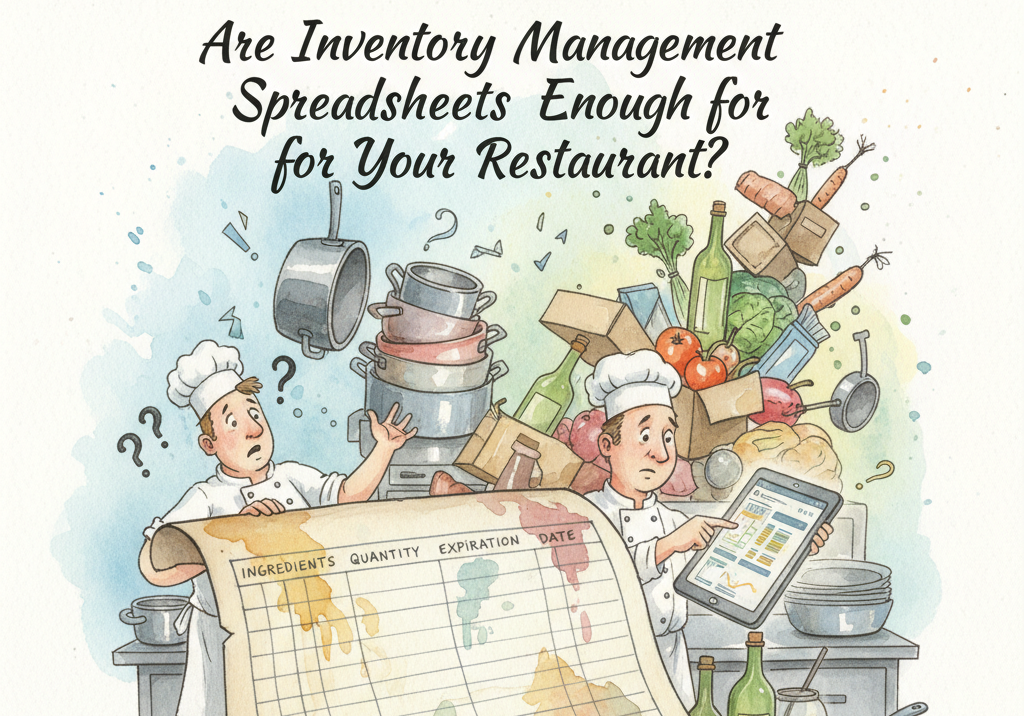Have you ever wondered how much money you can make from running a restaurant in Malaysia? It’s a common question for both new and experienced restaurant owners. The food and beverage (F&B) industry is highly competitive, and whether or not you succeed often depends on one key factor – your profit margin.
Running a restaurant in Malaysia comes with its own set of challenges. You’ve got high costs, from rent and utilities to staffing and kitchen supplies. The big question is, how can you know if your business is profitable enough? Your goal should be to hit – and exceed – the average profit margin for restaurants in Malaysia. In this blog, we will cover what the average restaurant profit margin in Malaysia looks like and offer you some practical tips to increase your profits.
Understanding the Average Restaurant Profit Margin in Malaysia
You’ve probably heard people say that the restaurant business is unpredictable. It’s true. Even though you work hard to keep your business financially stable, you might be unsure about where your restaurant stands compared to others. This is why knowing the average restaurant profit margin in Malaysia is so important.
In Malaysia, the average restaurant profit margin typically ranges between 5% and 8%. To put it into perspective, restaurants are doing better than other industries such as retail and hospitality, which often have net profit margins of only 2% to 3%. For restaurant owners, this is good news. It shows that the F&B industry offers more opportunities for profitability than many other sectors.
However, it’s important to remember that reaching this profit margin requires careful management. You need to monitor your costs closely and take strategic steps to maximize your restaurant’s profit margin.
How to Measure Your Restaurant’s Profitability
Do you ever question how profitable your restaurant is? Understanding your restaurant’s financial health is crucial if you want to stay in business for the long run. Two key metrics help you measure your restaurant’s profitability: Gross Profit Margin and Net Profit Margin.
- Gross Profit Margin: This metric shows how much profit remains from each sale after paying for the cost of goods sold (COGS). It helps you see if you’re pricing your menu items correctly.
- Net Profit Margin: This is the percentage of revenue that becomes profit after you deduct all expenses, including taxes. It’s a more complete picture of your restaurant’s overall profitability.
A useful method to measure profitability is conducting a break-even analysis. This will tell you the point where your restaurant’s total sales cover all operating costs – from rent and utilities to wages and kitchen supplies. Once you cross the break-even point, you start making a profit. The break-even point is calculated by dividing your fixed costs by your gross profit margin.
Key Costs of Running a Restaurant in Malaysia
In Malaysia, running a restaurant comes with several main costs. Understanding these costs can help you better manage your expenses and boost your profit margin.
1. Rent and Utilities
Rent is one of the largest fixed costs for any restaurant. In Malaysia, the average rent for commercial spaces is about RM32.50 per square foot. Your rent might be higher or lower depending on your location and restaurant size. Additionally, you’ll need to consider monthly utility costs, such as electricity and water, which can add up quickly.
2. Staffing Costs
Staff are vital to running a restaurant, and their salaries will make up a significant portion of your expenses. Salaries can vary depending on experience and qualifications, but hiring and retaining skilled employees is important for maintaining smooth operations. You’ll also need to account for overtime pay, bonuses, and allowances like travel costs for delivery staff.
3. Kitchen Supplies
The cost of kitchen supplies is another major expense. This includes everything from food ingredients to cooking utensils, plates, and other equipment. To save on costs, it’s a good idea to compare prices between different suppliers. Always look for ways to get high-quality ingredients at the lowest price possible without compromising on quality.
Strategies to Improve Your Restaurant Profit Margin
Want to boost your restaurant’s profit margin? There are several strategies you can implement to increase profitability and reduce costs. Here are some effective methods to consider:
1. Control Your Ingredient Costs
Keeping track of ingredient prices is crucial to improving your profit margin. Supplier prices fluctuate, and without proper monitoring, you could be overpaying. Using technology such as Food Market Hub’s supplier comparison feature can help you get the best deals from both local and international suppliers. By choosing the most affordable and reliable suppliers, you can reduce waste and keep your costs low.
2. Monitor and Manage Costs Effectively
Monitoring your expenses allows you to see where most of your money is going. Food Market Hub provides reports on your Cost of Goods Sold (COGS), purchase history, and sales forecasts. With these insights, you can identify the areas that need improvement and make necessary adjustments. For example, if you notice that one specific ingredient is contributing too much to your costs, you can look for alternatives or adjust your menu pricing.
3. Optimize Menu Pricing
Setting the right prices for your dishes is key to increasing your profit margin. The prices should cover your costs while still appealing to customers. Conducting a menu engineering analysis can help you identify which items are the most profitable and which ones are underperforming. By focusing on high-profit dishes and adjusting the prices of lower-margin items, you can improve your overall profits.
Maximizing Your Restaurant Profits with Technology
If you’re serious about increasing your restaurant profit margin, using a restaurant management system like Food Market Hub can make a big difference. This technology offers tools that give you full control over your costs, sales, and inventory, allowing you to make informed decisions based on real-time data.
Here’s how Food Market Hub can help:
- Order Management: With Food Market Hub, you can track and manage your inventory, avoiding both shortages and overstocking. This prevents waste and helps you save money.
- Cost Control: You can monitor your ingredient costs in real-time and get automatic recommendations for the best-priced suppliers. This feature can help you save up to 15% on your monthly costs.
- Forecasting: The system uses AI-powered forecasts to predict future sales and ingredient usage. This ensures you always have the right amount of stock without wasting money on excess ingredients.
Running a profitable restaurant in Malaysia is possible, but it requires careful planning and cost management. The average restaurant profit margin in Malaysia ranges from 5% to 8%, but you can exceed this benchmark with the right strategies. You can significantly improve your restaurant’s profit margin by controlling ingredient costs, optimizing your menu pricing, and using tools like Food Market Hub.
Don’t let high operating costs hold you back. Start using technology to streamline your processes, monitor your expenses, and boost your profits. With the right approach, you can thrive in Malaysia’s competitive restaurant industry and build a successful business.
Today, decide to take control of your restaurant’s finances and unlock its full potential.




